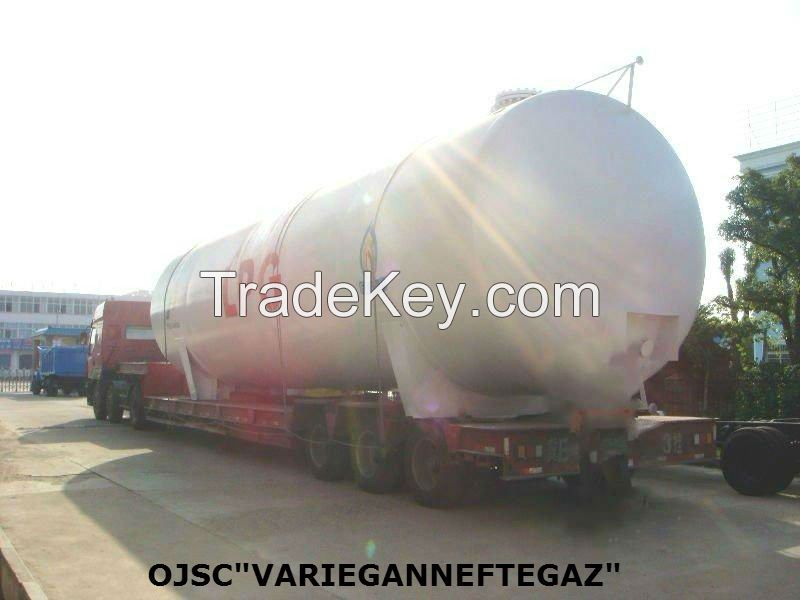Description
Liquified petroleum gas or liquid petroleum gas (LPG or LP gas),
also referred to as simply propane or butane, are flammable
mixtures of hydrocarbon gases used as fuel in heating appliances,
cooking equipment, and vehicles.
It is increasingly used as an aerosol propellant and a
refrigerant[citation needed], replacing chlorofluorocarbons in an
effort to reduce damage to the ozone layer. When specifically used
as a vehicle fuel it is often referred to as autogas.
Propylene, butylenes and various other hydrocarbons are usually
also present in small concentrations. HD*5 limits the amount of
propylene that can be placed in LPG to 5%, and is utilized as an
autogas specification. A powerful odorant, ethanethiol, is added so
that leaks can be detected easily. The internationally recognized
European Standard is EN **9. In the United States,
tetrahydrothiophene (thiophane) or amyl mercaptan are also approved
odorants,[5] although neither is currently being utilized.
LPG is prepared by refining petroleum or "wet" natural gas, and is
almost entirely derived from fossil fuel sources, being
manufactured during the refining of petroleum (crude oil), or
extracted from petroleum or natural gas streams as they emerge from
the ground. It was first produced in ***0 by Dr. Walter Snelling,
and the first commercial products appeared in ***2. It currently
provides about 3% of all energy consumed, and burns relatively
cleanly with no soot and very few sulfur emissions. As it is a gas,
it does not pose ground or water pollution hazards, but it can
cause air pollution. LPG has a typical specific calorific value of
*6.1 MJ/kg compared with *2.5 MJ/kg for fuel oil and *3.5 MJ/kg for
premium grade petrol (gasoline).[6] However, its energy density per
volume unit of *6 MJ/L is lower than either that of petrol or fuel
oil, as its relative density is lower (about 0.*0.*8 kg/L, compared
to 0.**0.*7 kg/L for gasoline).
